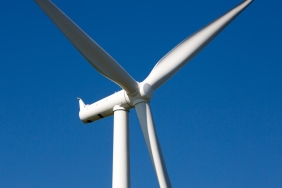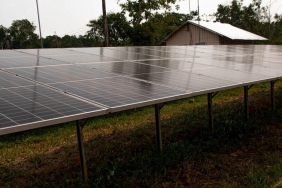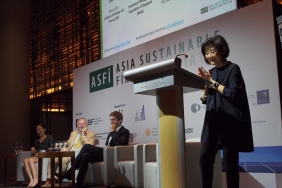REDUCE ENERGY CONSUMPTION, INCREASE PERSONAL PRODUCTIVITY
On July 1, 2010, the government decided to increase the basic electricity tariff (TDL) through Law No. 2/2010 on the Amendment to the 2010 State Budget.
In the law, it was decided that in addition to a 10 percent increase, the government was also required to continue to protect small electricity customers, namely customers with 450-900 volt ampere (VA) power, both small household customers and micro and small entrepreneurs.
For entrepreneurs and industry, the TDL increase is certainly something that threatens the continuity of their business. Production costs that automatically increase make them have to rack their brains again to survive.
Increasing the price of goods is indeed an option. However, considering that the TDL increase only applies in Indonesia, products will automatically lose out to products from other countries.
Another option that is more acceptable is to "play" the components of production costs, such as making raw materials more efficient and reducing electricity usage. The latter option does then require a more thoughtful attitude when using electronic devices, where the easiest way is to turn off the lights or other electrical devices when not in use,
While another way is to invest in energy-efficient devices,
Indeed, the initial cost that must be incurred by the company is quite large. This is because the technology used in the device is also quite costly. However, if calculated in the long term, savings will be obtained on the usual electronic devices.
As an illustration, a lamp. The price tag of a regular lamp is estimated to be 20 percent cheaper than an energy-saving lamp. But with a longer lifespan, and lower power usage, it will be much more affordable. Not to mention talking about the better quality of light.
Boost productivity
Work productivity is influenced by many factors, both internal and external. To be sure, one of the things that affects this is good design and lighting.
According to architects, workplace design can affect work behavior. If an office is well designed, it will be able to bring out the best in its employees.
Therefore, architects are trying to find new ways to create inspiring office spaces so that employees have positive performance and are able to contribute quality thoughts and ideas.
Imagine, if the design of an office space is made so complicated or even put aside comfort, of course no one can work optimally. Coming to the office by force, working as it is, and always waiting for the office hours to go home. This condition will eventually make the performance and business wheels will decline, losing out to other companies that are trying to show off.
Not to mention the matter of lighting, all must be carefully considered. Not too dark or too bright.
Similar to office design, lighting in the office should also provide a sense of comfort for employees. For that, there are several things that should be considered, namely, the strength of the light, the evenness of the light, the level of glare, the color of the light, and the color rendering.
Environmentally friendly
Recently, we often hear about the issue of global warming. Although this is nothing new, considering that Svante Arrhenius, a Swedish scientist in the 1800s had made a similar point, the impact of global warming is something that can now be felt.
One of the things that drives global warming is the emission of carbon dioxide from burning fossil fuels and other combustion processes, one of which is energy generation.
Therefore, if it is associated with concerns about climate change and the effects of CO2 emissions in the world, it is only natural that energy savings are made, including in offices.
Electricity efficiency through the use of energy-saving lamps (LHE) and natural light is by far the best solution to reduce spending on electricity. Especially in the business and industrial sector, where about 19 percent; of electricity consumption in offices in the world comes from lighting.
Therefore, lighting efficiency will have a big effect on efficiency efforts. Especially with the fairly long lifespan of lamps.
Imagine, by utilizing electricity-saving technology, the utilization of LHE is considered to significantly reduce electricity consumption from the lighting sector.
LHE technology has also been very developed, where currently LED lighting technology is the most appropriate solution. This is because this type of lamp has a large light intensity but low electricity consumption. This is also certainly supported by other devices such as lamp houses.
With the right attitude and utilization, the TDL increase is certainly not a barrier for businesses to grow. Instead, it can be a challenge to move forward in the future. [ASP]




